 |
FINANCIAL STATEMENTS OF LISTED COMPANIES |
| << FINANCIAL STATEMENTS OF LISTED COMPANIES |

Financial
Accounting (Mgt-101)
VU
Lesson-45
FINANCIAL
STATEMENTS OF LISTED
COMPANIES
QUESTION
# 1
Following is
the trial balance of Sheraz Ltd. as on
June 30, 2002.
Sheraz
Ltd.
Trial
Balance as On June 30
2002
DEBIT
CREDIT
Rs'000
Rs'000
Tangible
Fixed Assets
Fixed
Assts At Cost
Freehold
Land
9,550
Building
15,815
Plant and
Machinery
54,636
Furniture
and Fixture
2,698
Motor
Vehicles
24,111
Leased
Vehicles
22,123
Accumulated
Dep.
Building
10,775
Plant and
Machinery
47,315
Furniture
and Fixture
2,474
Motor
Vehicles
12,347
Leased
Vehicles
12,186
Capital
Work in Progress
4,075
Long Term
Investments
Investment in
Shares of Co. A
20,000
Investment in
Shares of Co. B
2,500
Prov. For
Diminution in Value Co.
B
1,250
Long Term
Deposits
Long Term
Deposits
3,069
Current
Assets
Stores and
Spares
1,114
Stock in
Trade Jul 01 2001
-
Raw
Material
13,264
Packing
Material
42,189
Finished
goods
85,296
Trade
Debts
Trade
Debts
18,185
Provision
for Doubtful Debts
223
Adv. Dep.
& Prepayments
-
Advances
2,434
Deposits
816
292

Financial
Accounting (Mgt-101)
VU
Prepayments
1,637
Accrued
Profit on Bank Dep
388
Advance
Excise Duty
2,601
Sales Tax
Refundable
8,492
Other
Receivables
375
Dividend
Receivable
25,000
Cash and
Bank
-
Cash in
Hand
3,330
Cash at
Bank - Current
25,024
Cash at
Bank - Savings
16,521
Current
Liabilities
Short Term
Running Finance
5,257
Creditors,
Accrued & Other L.
-
Creditors
63,016
Customers
Deposits
22,571
Accrued
Exp.
22,448
Other
Liabilities
1,826
Tax
Payable
3,858
Dividends
200
Long Term
and Deff. Lia
Deff.
Tax
3,000
Oblig.
Under Lease Finance
15,282
Share
Capital
50,000
General
Reserve
104,000
Sales
-
Gross Sale
- Domestic
751,244
Gross Sale
- Export
93,305
Sales
Tax
106,158
Cost of
Sales
Purch.
During the Year Raw M
291,569
Purch.
During the Year Packing
M
190,295
Overheads
Wages
23,155
Stores
Consumed
7,922
Traveling
and Conv.
158
Repairs
and Maint.
10,267
Insurance
345
Fuel and
Power
23,339
Bottle
Breakage
6,552
Excise
Duty
49,671
Misc.
Expenses
7,412
Admin.
Expenses
-
Salaries
and Wages
36,117
Postage
and Telegram
1,652
Traveling
and Conveyance
1,075
293
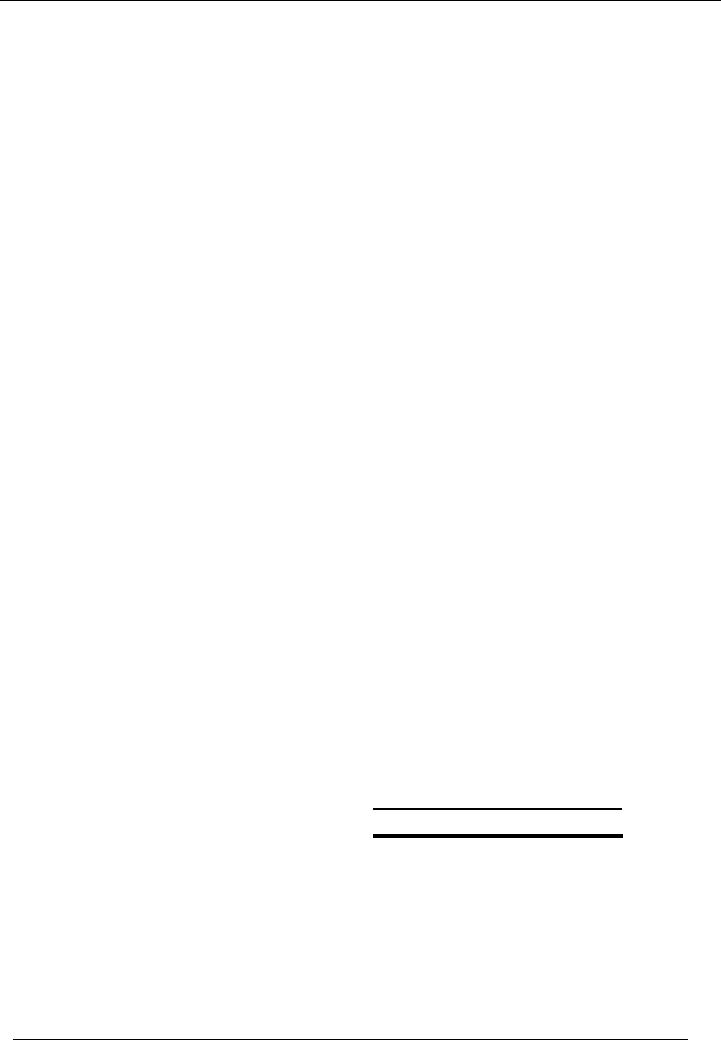
Financial
Accounting (Mgt-101)
VU
Repairs
and Maint.
1,272
Insurance
1,179
Printing
and Stationery
1,121
Rent,
Rates and Taxes
1,155
Auditors'
Remuneration
161
Legal and
Professional
768
Donations
81
General
Expenses
400
Selling
and Distribution
Expenses
-
Salaries
and Wages
23,227
Postage
and Telegram
1,578
Traveling
and Conveyance
2,616
Repairs
and Maint.
6,168
Vehicle
Running
859
Printing
and Stationery
497
Rent,
Rates and Taxes
1,954
Advertising
19,254
Outward
Freight
9,628
Sales
Staff Incentives
1,642
Petrol,
Oil etc.
8,561
Misc.
Expenses
1,392
Financial
Charges
-
Markup on
Loans
282
Finance
Lease Charges
1,750
Bank
Charges
825
Other
Expenses and
Provisions
-
Other
Income
-
Profit on
Bank Deposits
974
Dividends
Income
25,100
Foreign
Exchange Gain
5,732
Gain on
Disposal of F. Assts.
692
Sale of
Scrap
1,470
Income Tax
for the year
14,800
Unappropriated
Profit B/F
5,555
1,262,100
1,262,100
294

Financial
Accounting (Mgt-101)
VU
Adjustments
1. Provision
for diminution in the value
of investments to be increased to
Rs.
1,875.
2. Long
term deposits maturing
during the year Rs.
291
3. Provision
for doubtful debts to be
increased by Rs. 987
4. 60%
Dividend declared.
5. Liability
against lease finance
payable in current year Rs.
6,643
6. Authorized
capital of 10,000,000 shares of
Rs. 10 each.
7. Transfer to
general reserve
21,000
8. Addition in
Fixed Assets, Plant and
Mach. 2,262
9. Furniture
989, Owned vehicles
1758
10. Cash
received on disposal of vehicles
Rs. 1,316
11. Dep.
Building 10% Plant and
Furniture 15% and
Vehicles
20% on written down
value.
12. No
depreciation on year of sale
and full dep in the
year of purchase.
13.
Distribution of Depreciation
Building
and Plant to Cost of
Sales
Furniture
and Owned Vehicles to Admin
Expenses
Leased
Vehicles to Selling
Expenses
14.
Closing Stocks
Raw
Material
27,545
Packing
Material
74,731
Finished
Goods
78,550
295

Financial
Accounting (Mgt-101)
VU
You are also
provided with the following
balance sheet as at June 30,
2001.
Sheraz
Ltd.
Balance
Sheet As At June 30,
2001
2001
Note
Rs'000
Tangible
Fixed Assets
Operating
Fixed Assets
39,451
Capital
Work in Progress
-
Long Term
Investments
21,250
Long Term
Deposits
2,004
62,705
Current
Assets
Stores and
Spares
1,405
Stock in
Trade
188,639
Trade
Debts
24,984
Adv. Dep.
And Prepayments
8,826
Cash and
Bank Balances
24,437
248,291
Current
Liabilities
Short Term
Running Finances
3,111
Current
Maturity of Obligation
under
lease finance
3,425
Creditors,
Accrued and Other
liabilities
99,109
Tax
Payable
5,472
Divided
Payable
30,164
141,281
Working
Capital
107,010
Total
Capital Employed
169,715
Financed
By
Share
Capital and Reserves
Share
Capital
50,000
General
Reserve
104,000
Unappropriated
Profit
5,555
Shareholders
Equity
159,555
Long Term
Liabilities
Deferred
Taxation
3,000
Obligation
under Lease Finance
7,160
10,160
TOTAL
169,715
Prepare a
set of financial statements as on
June 30,2002.
296
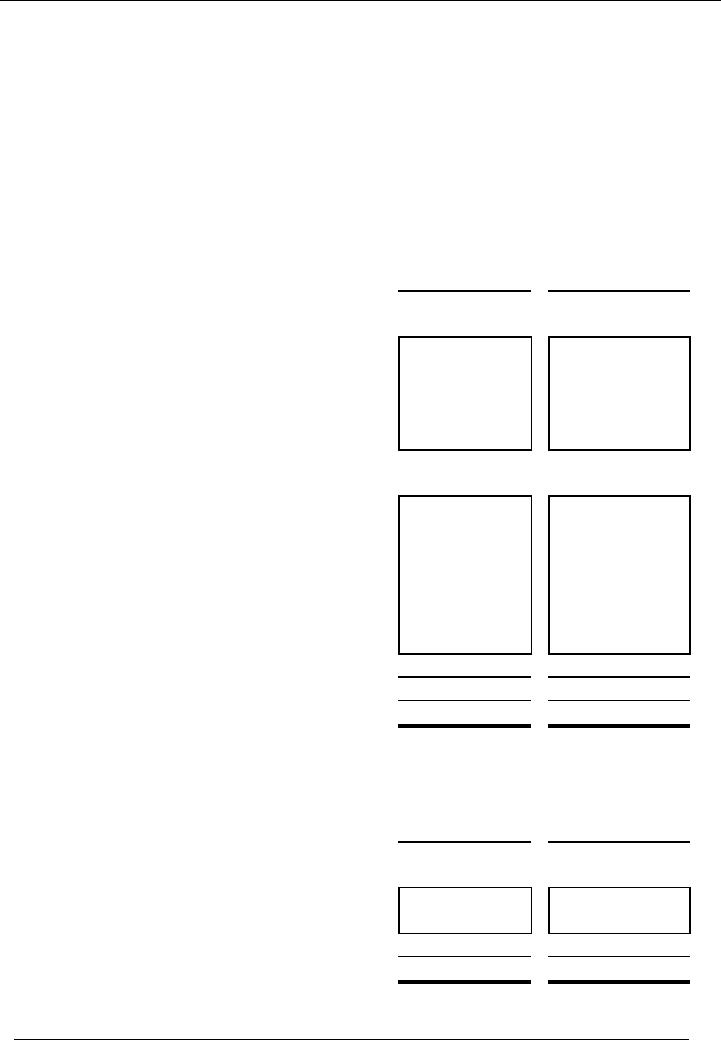
Financial
Accounting (Mgt-101)
VU
SOLUTION
Sheraz
Ltd.
Balance
Sheet As At June 30,
2002
2002
2001
Note
Rs'000
Rs'000
Tangible
Fixed Assets
Operating
Fixed Assets
3
37,859
39,451
Capital
Work in Progress
4,075
-
Long Term
Investments
4
20,625
21,250
Long Term
Deposits
5
2,778
2,004
65,337
62,705
Current
Assets
Stores and
Spares
1,114
1,405
Stock in
Trade
6
180,826
188,639
Trade
Debts
7
16,975
24,984
Adv. Dep.
And Prepayments
8
42,034
8,826
Cash and
Bank Balances
9
44,875
24,437
285,824
248,291
Current
Liabilities
Short Term
Running Finances
5,257
3,111
Current
Maturity of Obligation
under
lease finance
13
6,643
3,425
Creditors,
Accrued and Other
liabilities
10
109,861
99,109
Tax
Payable
3,858
5,472
Divided
Payable
11
30,200
30,164
155,819
141,281
Working
Capital
130,005
107,010
Total
Capital Employed
195,342
169,715
Financed
By
Share
Capital and Reserves
Share
Capital
12
50,000
50,000
General
Reserve
125,000
104,000
Un-appropriated
Profit
8,703
5,555
Shareholders
Equity
183,703
159,555
Long Term
Liabilities
Deferred
Taxation
3,000
3,000
Obligation
under Lease Finance
13
8,639
7,160
11,639
10,160
195,342
169,715
Sheraz
Ltd.
297
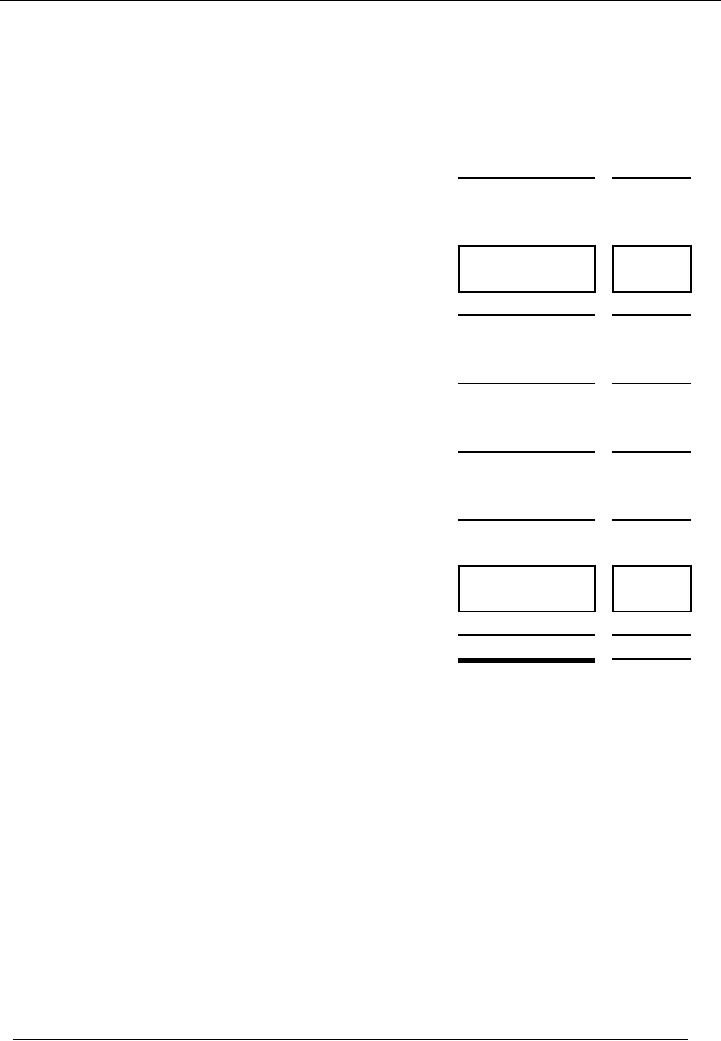
Financial
Accounting (Mgt-101)
VU
Profit
and Loss Account for
the Year Ended June
30, 2002
2002
2001
Note
Rs'000
Rs'000
Sales
14
738,391
X
Cost of
Sales
15
572,210
X
Gross
Profit
166,181
X
Other
Income
16
33,968
X
Less:
Administrative Expenses
17
48,980
X
Selling
and Distribution
Expenses
18
79,364
X
128,344
X
Profit
From Operations
71,805
X
Less:
Financial Charges
19
2,857
X
Net Profit
Before Taxation
68,948
X
Income Tax
for the Year
14,800
X
Profit
After Taxation
54,148
X
Un-appropriated
Profit Brought
Forward
5,555
X
59,703
X
Appropriation
Transfer to
Reserve
21,000
X
Proposed
dividend @ 60%
30,000
X
51,000
X
Un-appropriated
Profit Carried
Forward
8,703
X
298
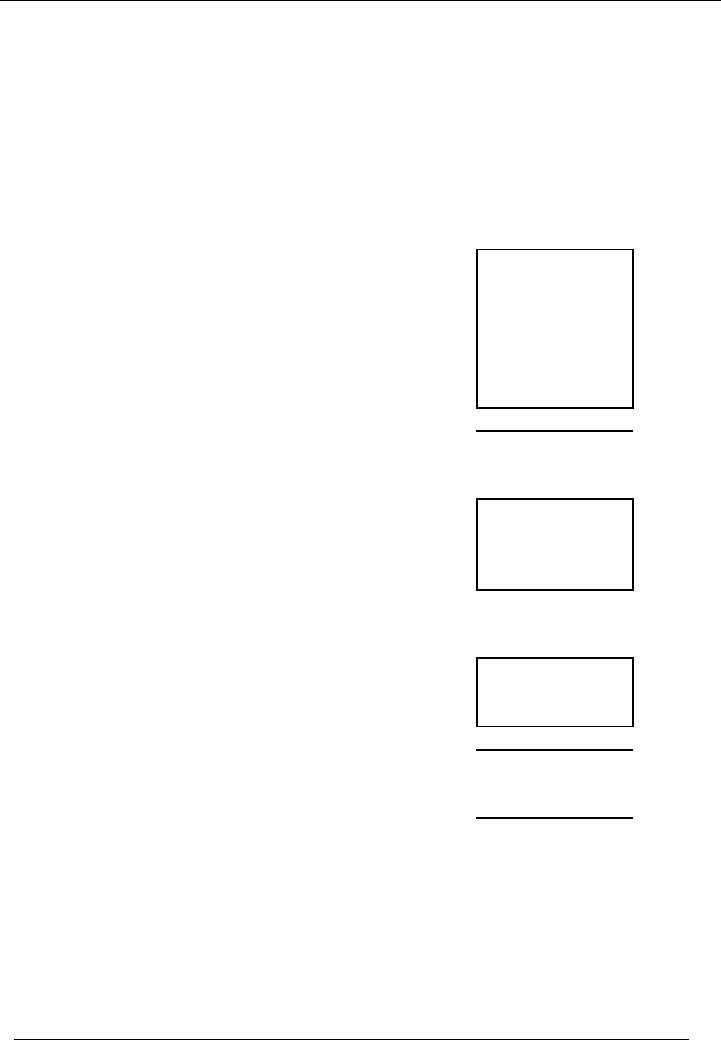
Financial
Accounting (Mgt-101)
VU
Sheraz
Ltd.
Cash
Flow for the Year
Ended June 30,
2002
2002
2001
Note
Rs'000
Rs'000
Cash Flow
From Operating
Activities
Profit
Before Tax
68,948
Adjustment
for:
Depreciation
5,977
Provision
for Doubtful Debts
987
Provision
for Dimunition in Value
of
Investment
625
Profit on
Bank Deposits
(974)
Dividends
Income
(25,100)
Gain on
Disposal of F. Assts.
(692)
(19,177)
Operating
Profit Before Working
Capital
changes
49,771
(Increase) /
Decrease in C. Assets
Stores and
Spares
291
Stock in
Trade
7,813
Trade
Debts
7,122
Adv. Dep.
And Prepayments
(7,989)
7,237
Increase /
(Decrease) in C. Liabilities
Short Term
Running Finances
2,146
Creditors,
Accrued and Other
liabilities
10,752
12,898
Cash
Generated From
Operations
69,906
Profit on
Bank Deposits
(974)
Income Tax
Paid
(5,100)
Net Cash
Flow from Operations
63,832
299
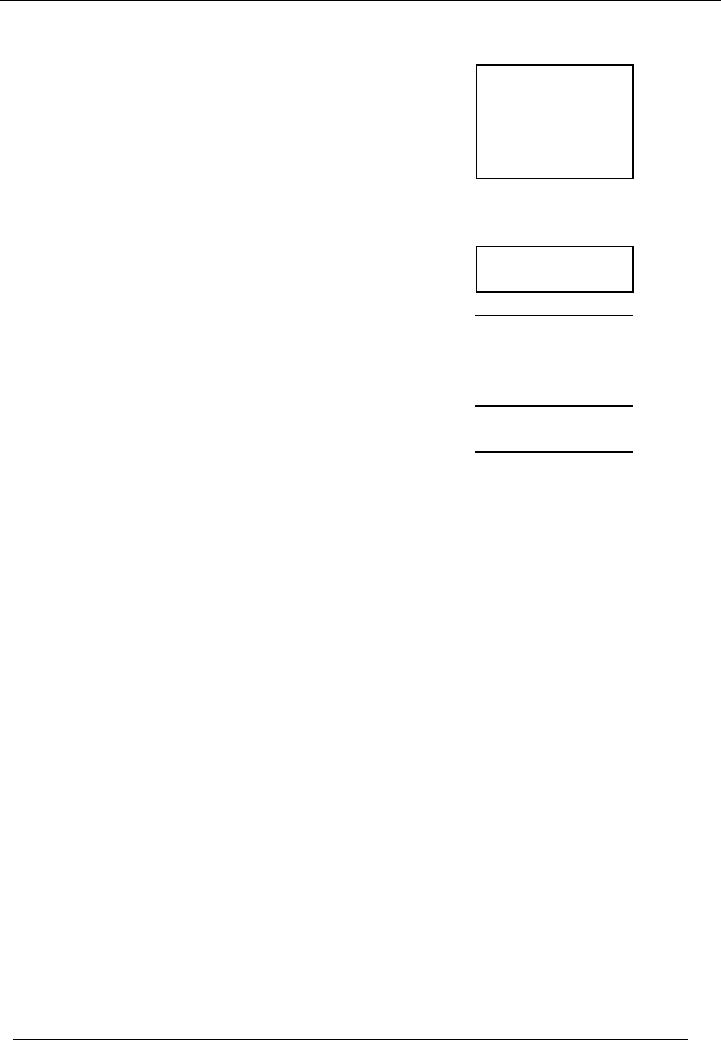
Financial
Accounting (Mgt-101)
VU
Cash Flow
From Investing
Activities
Purchase of
Fixed Assets
(5,009)
Capital
Work in Progress
(4,075)
Sale
Proceeds Of Fixed
Assets
1,316
Dividend
Received
100
Long Term
Deposits
(1,065)
(8,733)
Cash Flow
from financing
Activities
Repayment of
Lease Liability
(4,697)
dividend
Paid
(29,964)
(34,661)
Net
Increase in Cash & Cash
Eq.
20,438
O/B of
Cash and Cash
Eq.
24,437
C/B of
Cash and Cash
Eq.
44,875
300
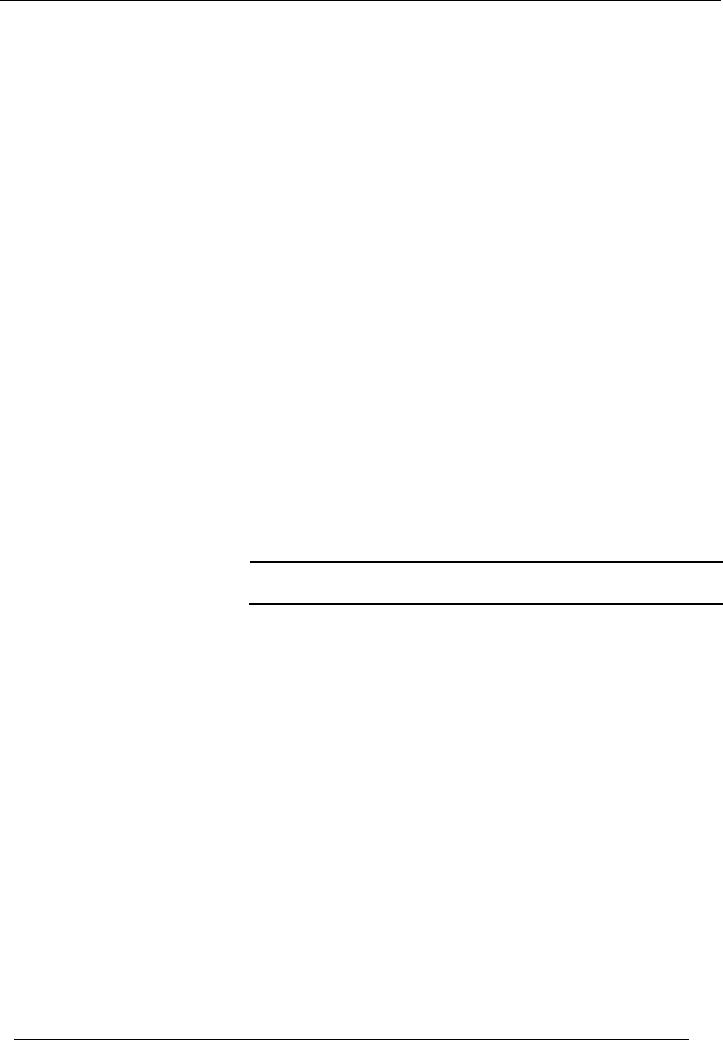
Financial
Accounting (Mgt-101)
VU
Sheraz
Ltd.
Statement of
Changes in Equity for the
Year Ended June 30,
2002
Share
General
Un-app.
Total
Capital
Reserve
Ptofit
Balance as on
June 30,
2000
50,000
104,000
4,119
158,119
Profit
after tax for the
year
31,436
31,436
Dividend
(30,000)
(30,000)
Balance as on
June 30,
2001
50,000
104,000
5,555
159,555
Profit
after tax for the
year
54,148
54,148
Transfer to
reserve
21,000
(21,000)
-
Dividend
(30,000)
(30,000)
Balance as on
June 30,
2002
50,000
125,000
8,703
183,703
301

Financial
Accounting (Mgt-101)
VU
NOTES
TO THE ACCOUNTS
1.
Company and its operations
· The
company is a public limited
company incorporated in Pakistan
and
manufacture
------------
2.
Significant accounting
policies
· These
account have been prepared
in accordance with the
requirements of the
Companies
Ordinance 1984 and International
accounting standards as
applicable
in
Pakistan.
Historical
costs
·
Historical costs are
used as a basis for valuing
transactions.
Revenue
Recognition
·
Sales are recorded upon
delivery of goods to the
customers. However
Exported
goods
are considered sold when shipped on
board.
Other
Policies
·
Income from bank deposits,
loans and advances are
recognized on accrual
basis.
·
Dividend income is recognized
when right to receive is
established.
·
Research and development casts
are expensed as and when
incurred.
·
Working of all figures,
Fixed assets schedule and
all agreements. i-e.
Lease
agreements
and agreements for obtaining
loan from banks are included
in the
notes to the
accounts.
302
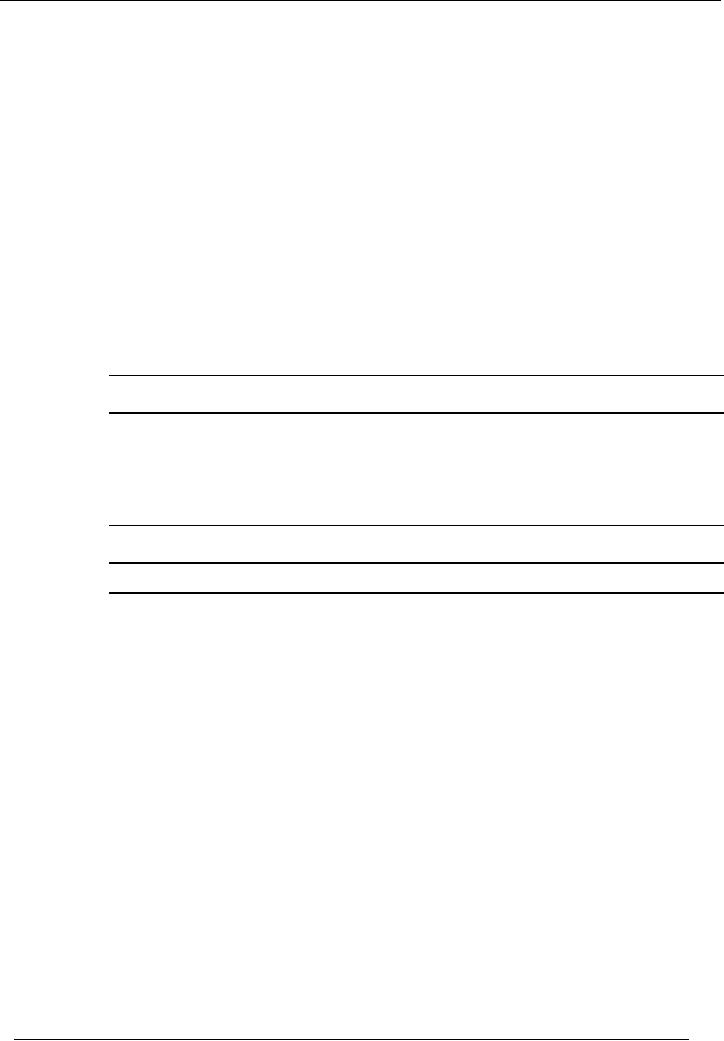
Financial
Accounting (Mgt-101)
VU
3.
FIXED ASSETS
SCHEDULE
Cost
R
Accumulated
Depreciation
WDV
Particulars
As
On
As
On
A
As On
On
For
As
On
As
On
Jul
01
Add.
Disp.
Jun
30
T
Jul
01
Disp.
The
Jun
01
Jun
01
2001
2002
E
2001
Year
2002
2002
Company
Owned
Assets
Freehold
-
9,550
-
-
-
9,550
Land
9,550
Building
15,815
15,815
10
10,775
-
504
11,279
4,536
Plant
and
48,413
6,223
47,315
-
2,262
1,098
54,636
15
Machinery
52,374
Furniture
and
Fixture
1,709
989
2,698
15
2,474
-
34
2,508
190
14,700
9,411
14,251
1,758
(2,528)
Vehicles
(1,904)
2,353
24,111
20
24,881
104,329
(2,528)
106,810
74,815
(1,904)
3,989
5,009
76,900
29,910
Leased
Assets
Vehicles
22,123
22,123
20
12,186
1,988
14,174
7,949
22,123
-
-
22,123
12,186
-
1,988
14,174
7,949
126,452
(2,528)
128,933
87,001
(1,904)
5,977
Total
2002
5,009
91,074
37,859
Total
2001
x
x
x
x
x
x
x
x
39,451
303
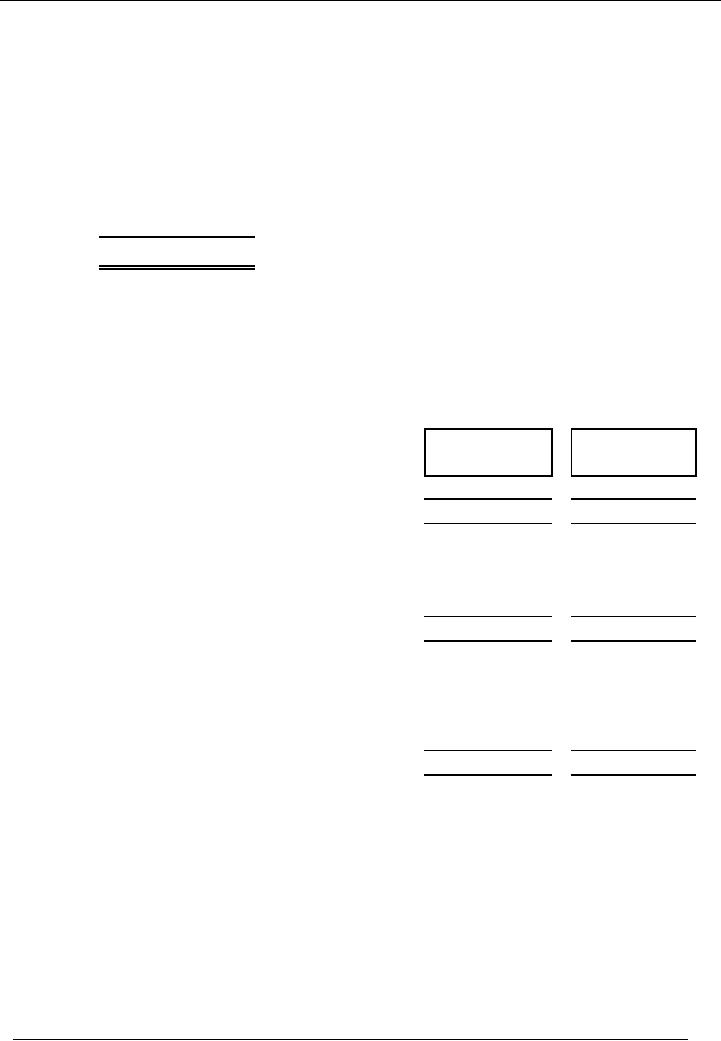
Financial
Accounting (Mgt-101)
VU
Distribution
of
Depreciation
WORKING
2002
2001
Land
=0
Rs'000
Rs'000
Building
= 15,818 - 10,775
=
5,040 x 10%
=
504
Cost
of
Goods
Sold
1,602
Plant
=
54,636 - 47,315
=
7,321 x 15%
=
1,098
Admin
Expenses
2,387
Furniture=
2,698
-
2,474
= 224
x 15%
=
34
Selling
Expenses
1,988
Vehicles
= 24,111 - 14,251 + 1904 =
11,764 x 20% =
2,353
5,977
x
Vehicles
= 22,123 - 12,186
=
9,937
x 20%
=
1,988
Note
2002
2001
Rs'000
Rs'000
4. Long Term
Investments
Investment in
Shares of Co. A
20,000
20,000
Investment in
Shares of Co. B
2,500
2,500
Less:
Prov. For Diminution in
Value Co. B
1,875
1,250
625
20,625
20,000
5. Long Term
Deposits
Long Term
Deposits
3,069
2,004
Less:
Current Maturity
291
2,778
2,004
6. Stock in
Trade
Raw
Material
27,545
31,799
Packing
Material
74,731
76,540
Finished
Goods
78,550
80,300
180,826
188,639
304
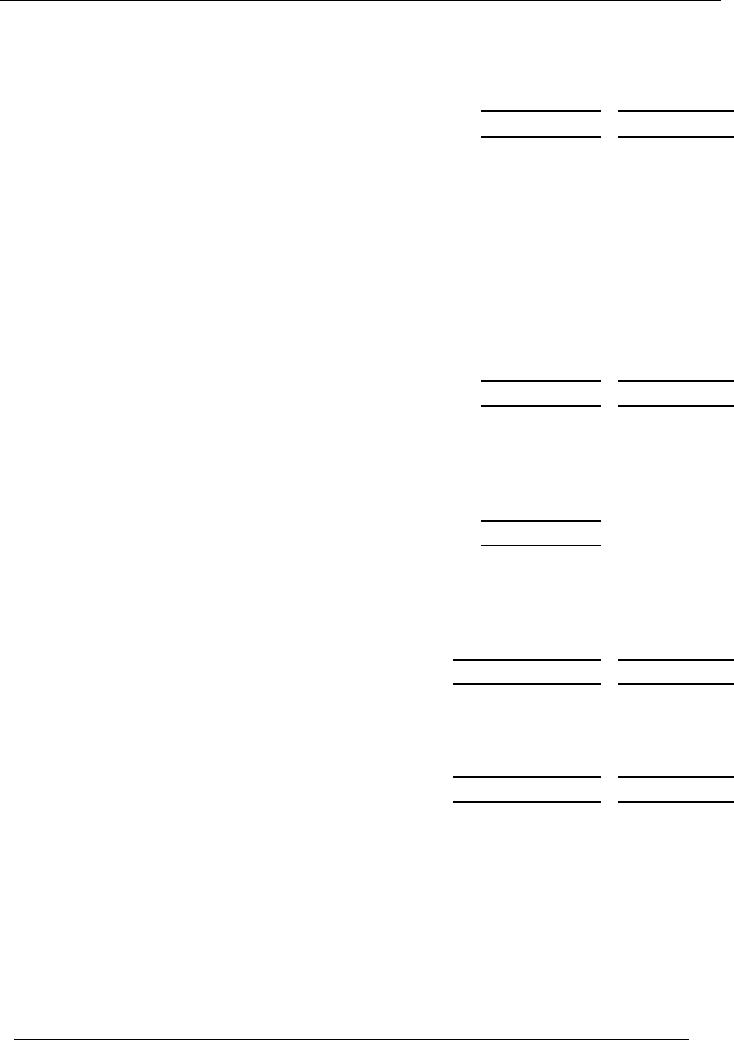
Financial
Accounting (Mgt-101)
VU
Trade
Debtors
7.
Trade
Debts
18,185
25,307
Less:
Provision for Doubtful
Debts
1,210
323
16,975
24,984
Advances
Deposits and
Prepayments
8.
Advances
2,434
1,379
Deposits
816
1,730
Prepayments
1,637
1,305
Advance
Excise Duty
2,601
2,192
Sales Tax
Refundable
8,492
1,366
Other
Receivables
375
394
Dividend
Receivable
25,000
-
Accrued
Profit on Bank Dep
388
460
Curent
Maturity of Long Term
Dep.
291
-
42,034
8,366
Cash and
Bank
9.
Cash in
Hand
3,330
Cash at
Bank - Current
Accounts
25,024
Cash at
Bank - Savings
Accounts
16,521
44,875
10.
Creditors,
Accrued & Other
Liabilities
Creditors
63,016
58,997
Customers
Deposits
22,571
19,866
Accrued
Exp.
22,448
17,534
Other
Liabilities
1,826
2,712
109,861
99,109
11.
Dividend
Payable
Payable
from Previous Year
200
164
Accrued
During the Year
30,000
30,000
30,200
30,164
305
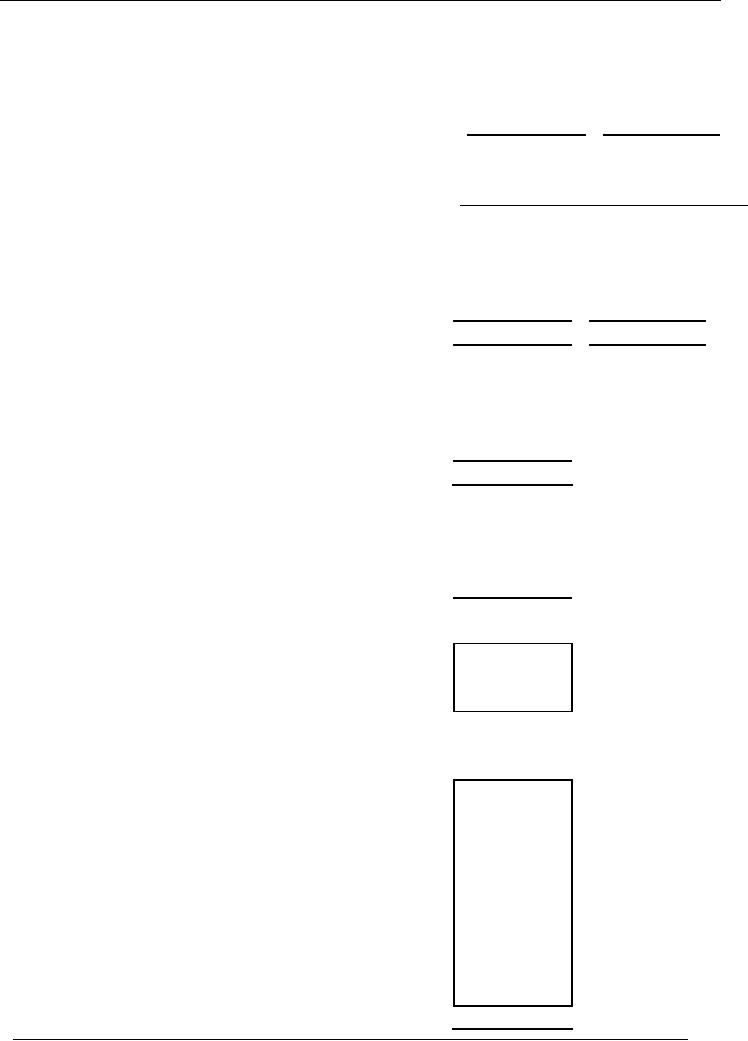
Financial
Accounting (Mgt-101)
VU
12.
Share
Capital
Authorized
Capital
10,000,000
(2000: 10,000,000)
ordinary
shares of Rs. 10 each
100,000
100,000
Paid Up
Capital
5,000,000
(2000: 5,000,000)
ordinary
shares of Rs. 10 each
500,000
500,000
13.
Obligation
Under Lease Finance
Obligation.
Under Lease Finance
15,282
10,585
Less:
Current Maturity
6,643
3,425
8,639
7,160
14.
Sales
Gross Sale
- Domestic
751,244
Gross Sale
- Export
93,305
Less:
Sales Tax
106,158
738,391
15.
Cost
of Sales
Raw Material -
Opening Stock
13,264
Raw Material -
Purchases
291,569
Less : Raw
Material - Closing
Stock
27,545
Raw Material
Consumed
277,288
Packing
Material - Opening
Stock
42,189
Packing
Materila - Purchases
190,295
Less:
Packing Material - Closing
Stock
74,731
Packing
Material consumed
157,753
Overheads
Wages
23,155
Stores
Consumed
7,922
Traveling
and Conv.
158
Repairs
and Maint.
10,267
Insurance
345
Fuel and
Power
23,339
Bottle
Breakage
6,552
Excise
Duty
49,671
Misc.
Expenses
7,412
Depreciation
3.1
1,602
130,423
306
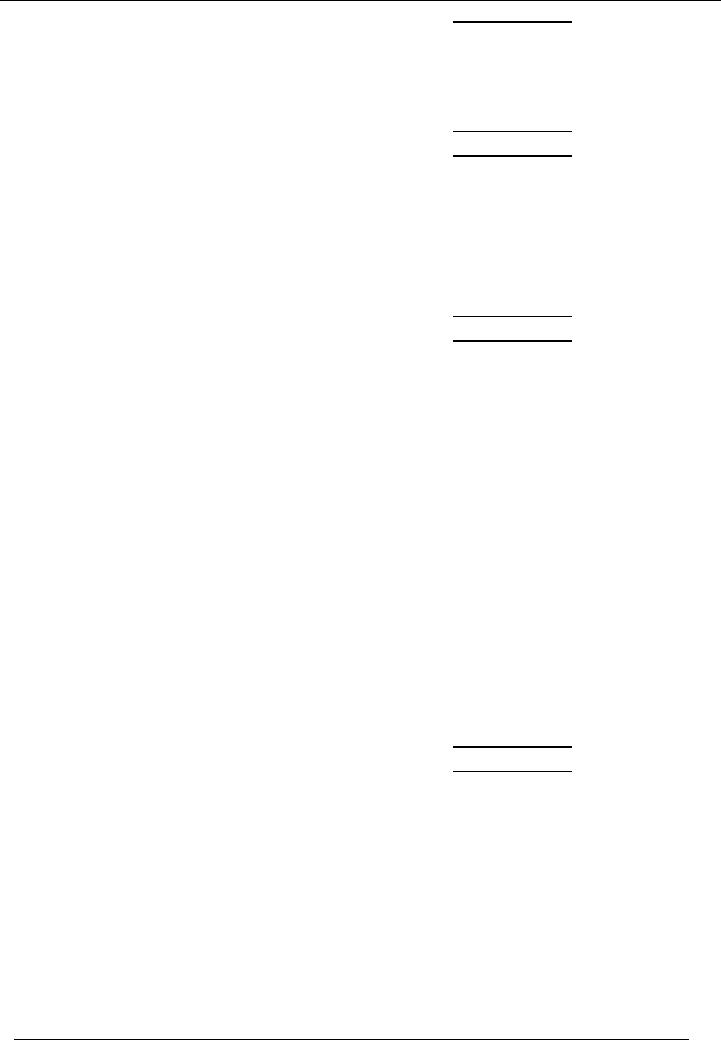
Financial
Accounting (Mgt-101)
VU
Cost of
Production
565,464
Finished
Goods - Opening Stock
85,296
Less:
Finished Goods -
Closing
Stock
78,550
Cost of
Goods Sold
572,210
16.
Other
Income
Profit on
Bank Deposits
974
Dividends
Income
25,100
Foreign
Exchange Gain
5,732
Gain on
Disposal of F. Assts.
692
Sale of
Scrap
1,470
33,968
17.
Administrative
Expenses
Salaries
and Wages
36,117
Postage
and Telegram
1,652
Traveling
and Conveyance
1,075
Repairs
and Maint.
1,272
Insurance
1,179
Printing
and Stationery
1,121
Rent,
Rates and Taxes
1,155
Auditors'
Remuneration
161
Legal and
Professional
768
Donations
81
General
Expenses
400
Depreciation
3.1
2,387
Provision
for Doubtful Debts
987
Provision
for Diminution in Value
of
Investment
625
48,980
18.
Selling
and Distribution
Expenses
Salaries
and Wages
23,227
Postage
and Telegram
1,578
Traveling
and Conveyance
2,616
Repairs
and Maint.
6,168
Vehicle
Running
859
Printing
and Stationery
497
Rent,
Rates and Taxes
1,954
Advertising
19,254
Outward
Freight
9,628
307
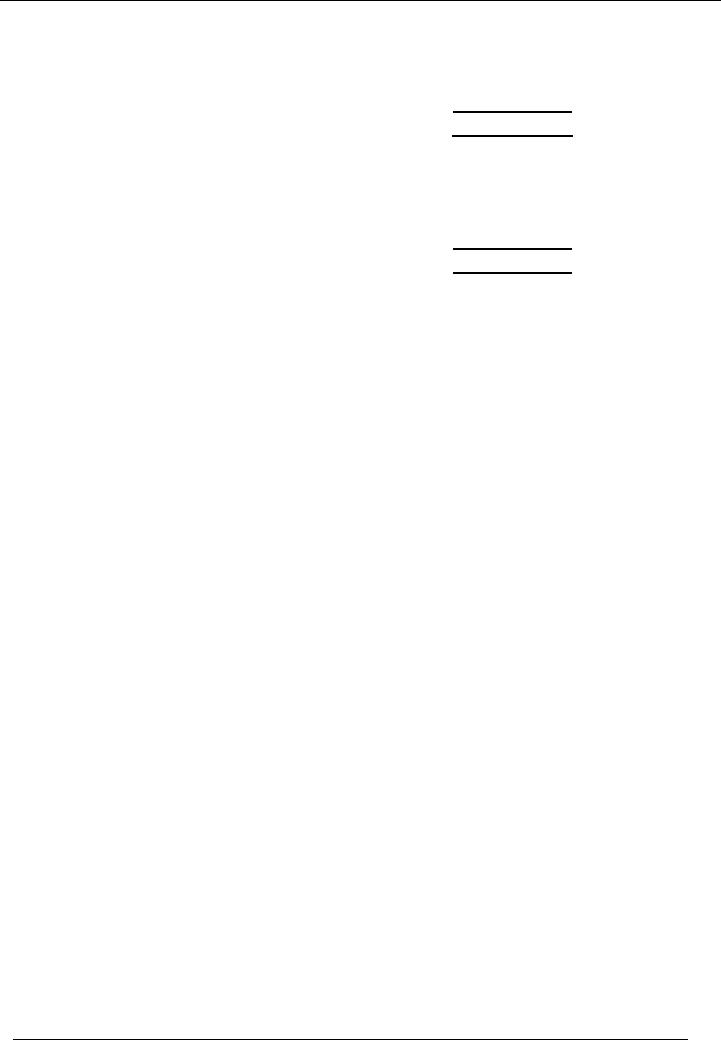
Financial
Accounting (Mgt-101)
VU
Sales
Staff Incentives
1,642
Petrol,
Oil etc.
8,561
Misc.
Expenses
1,392
Depreciation
3.1
1,988
79,364
19.
Financial
Charges
Markup on
Loans
282
Finance
Lease Charges
1,750
Bank
Charges
825
2,857
FINANCIAL
ANALYSIS
The
management of the business has to
analyze several things to
work out performance of
the
business. These analyses
help the management in decision
making. The management works
out
the
performance of the business by
calculating some ratios.
Following are some of the
important
ratios, a
management may calculate to get first
hand knowledge about
business's performance:
Profitability
Ratios
Profitability
ratios contain the following
ratios:
·
Gross Profit
Ratio
·
Net
Profit Ratio
Gross
Profit Ratio
The
Gross Profit ratio tells
the management of the
company about profitability of
the
company.
It helps the management of
the company to know about
cost of production
of
the company. When
management compares it with
previous year's ratios, it
came to know,
how
well the business has
performed and how to
improve its efficiency further.
Gross Profit
ratio also
gives information about
sales. It tells the management
whether sales has increased
or
decreased.
The management takes appropriate
steps accordingly. The
formula for
calculating
this
ratio is as follows:
Gross Profit
Ratio = (Gross Profit /
Sales) x 100
Net
profit ratio
The
benefit of net profit ratio
is same as that of gross
profit ratio. It helps the
management to
know
about net profit. If gross
profit ratio is greater as compared to
last year and net profit
ratio
is lesser, it
means that administrative and
selling expenses of the
company have increased.
The
management
takes appropriate steps to
control the expenses. The
formula for this ratio is
as
follows:
308

Financial
Accounting (Mgt-101)
VU
Net
Profit Ratio = (Net Profit /
Sales) x 100
Stock
Turnover Ratio
This
ratio tells us about sale of
stock. It can be calculated in days as
well as in number of
times.
It tells us
how many times in a year or
in a month, the stock is
sold or in how many days,
the
stock is
sold. If it is calculated in days and the
result is higher than that
of previous years.
This
means
that the stock takes
more days to be sold. That
means demand of the product of
the
company is
decreasing and vice versa. The
formula for the number of
days is as follows:
Stock
Turnover in days = (Average Stock / Cost
of goods sold) x 365
Average
stock is calculated as follows:
(Opening Stock + Closing
Stock) / 2
This
opening and closing stock
may be for a year or for a
month depending upon the
policy for
calculating
this ratio.
If this
ratio is calculated for
number of times, it means
that how many times in a
given period (
whether a
year or a month) the stock
is sold. The formula for
calculating this ratio is as
follows:
Stock
Turnover (Number of times) =
(Cost of goods sold /
Average stock)
Debtors
Turnover Ratio
This
ratio is used to get first
hand knowledge about payment
received from debtors. It is
evident
that a
company without receiving
cash from its customers
cannot meet its expenses. If
debtors
do not
pay on time, how would a
company pay its liabilities.
Consequently its reputation will
go
down and
nobody will place his trust on
that company. This ratio
helps management to identify
debtors who
do not pay on time and to
pursue them to pay. This
ratio is also calculated
for
number of
days and number of times. The
formulae for this ratio
are as follows:
Debtor
Turnover ( Number of days) =
(Average Debtors / Credit
Sales) x 365
Debtor
Turnover ( Number of times) =
Credit Sales / Average
Debtors
Creditors
Turnover Ratio
Creditors
turnover means how many
times or in how many days a
company pay to its
creditors.
As mentioned
above, if a company does not
collect its payment on time,
how would it be able to
pay
its creditors on time. If it
does not pay its debtors on
time, this situation will make
bad
impression
on its reputation. Like debtors
turnover, creditors turnover is also
calculated for
number of
days and number of times. The
formulae for this ratio
are as follows:
Creditor
Turnover ( Number of days) =
(Average Creditors / Credit
Purchases) x 365
Creditor
Turnover ( Number of times) =
Credit Purchases / Average
Creditors
309

Financial
Accounting (Mgt-101)
VU
Return
on Capital Employed Ratio
(ROCE)
This
ratio is calculated for the
share holders of the
company. As share holders
are concerned
with
profit paid by companies to its share
holders. This ratio gives us
the proportion of net
profit
before
tax to average capital
employed by the company. The
return rate of profit given to
its
members
should be higher than
current market rate. If
return rate is less than
current market rate
than
the share holders will
invest their money in the
market instead of investing in the
company.
The
formula for calculating this
ratio is as follows:
Return on
Capital Employed Ratio
(ROCE) = Net profit after
tax before appropriation
/
Average
Capital Employed
Earning
per share ratio
Earning per
share ratio indicates the
proportion of net profit, a
company is getting per
share.
Share
holders are always
interested to know the
proportionate rate, a company is
getting per
share. As
price is numerator and earning in
denominator, therefore lower
value means better
return.
The
formula for calculating this
ratio is as follows:
Earning per
share ratio = Net profit
after tax before
appropriation / Number of
shares
Price
Earning Ratio
This
ratio is calculated for those
share which have market
value. This ratio compares
earning
per share
with market value of that
share. The formula for
calculating this ratio is as
follows:
Price
Earning Ratio = Market value
per share / Earning per
share
Debt
Equity Ratio
This
ratio shows the composition
of finance that have funded
the asset of the company.
This
ratio
varies for different
projects. In Pakistan, maximum advised
ratio is 60: 40. i-e.
40% of the
assets
should be bought with
company, s investment and 60%
should be bought with the
loan
taken by
the company. This standard is
acceptable in Pakistan. If a company's
liquidity ratio is
more
than the above mentioned standard,
that means condition of the
company is not very
good.
If it has to
pat its liabilities, its
assets would not support it
to pay its liabilities. The
formula for
calculating
this ratio is as
follows:
Debt
Equity Ratio = Long term
Liabilities / Equity
Current
Ratio
Current
ratio shows the proportion
of current assets and current
liabilities. This ratio
should be
1:1.
i-e. For every liability of
one rupee, there should be an asset of
one rupee to pay it.
The
formula
for calculating this ratio
is as follows:
310

Financial
Accounting (Mgt-101)
VU
Current
Ratio = Current Assets /
Current Liabilities
Acid
Test Ratio
Acid test
ratio is the proportion of
current assets which are
convertible into cash and
current
liabilities.
The formula for calculating
this ratio is as
follows:
Acid
Test Ratio = (Current Assets
Stock) / Current
Liabilities
Mark up
Cover Ratio
This
ratio shows the proportion
of operating profit (Operating
Profit before financial
charges)
and
financial charges. This ratio is
useful for bankers. If a company
has taken loan and
its
financial
charges are so large that
all or a big part of profit
is absorbed by financial charges,
then
how
would a company repay its
loans. The formula for
calculating this ratio is as
follows:
Mark up
Cover Ratio = Operating
Profit before financial
charges / Financial
charges
311
Table of Contents:
- Introduction to Financial Accounting
- Basic Concepts of Business: capital, profit, budget
- Cash Accounting and Accrual Accounting
- Business entity, Single and double entry book-keeping, Debit and Credit
- Rules of Debit and Credit for Assets, Liabilities, Income and Expenses
- flow of transactions, books of accounts, General Ledger balance
- Cash book and bank book, Accounting Period, Trial Balance and its limitations
- Profit & Loss account from trial balance, Receipt & Payment, Income & Expenditure and Profit & Loss account
- Assets and Liabilities, Balance Sheet from trial balance
- Sample Transactions of a Company
- Sample Accounts of a Company
- THE ACCOUNTING EQUATION
- types of vouchers, Carrying forward the balance of an account
- ILLUSTRATIONS: Ccarrying Forward of Balances
- Opening Stock, Closing Stock
- COST OF GOODS SOLD STATEMENT
- DEPRECIATION
- GROUPINGS OF FIXED ASSETS
- CAPITAL WORK IN PROGRESS 1
- CAPITAL WORK IN PROGRESS 2
- REVALUATION OF FIXED ASSETS
- Banking transactions, Bank reconciliation statements
- RECAP
- Accounting Examples with Solutions
- RECORDING OF PROVISION FOR BAD DEBTS
- SUBSIDIARY BOOKS
- A PERSON IS BOTH DEBTOR AND CREDITOR
- RECTIFICATION OF ERROR
- STANDARD FORMAT OF PROFIT & LOSS ACCOUNT
- STANDARD FORMAT OF BALANCE SHEET
- DIFFERENT BUSINESS ENTITIES: Commercial, Non-commercial organizations
- SOLE PROPRIETORSHIP
- Financial Statements Of Manufacturing Concern
- Financial Statements of Partnership firms
- INTEREST ON CAPITAL AND DRAWINGS
- DISADVANTAGES OF A PARTNERSHIP FIRM
- SHARE CAPITAL
- STATEMENT OF CHANGES IN EQUITY
- Financial Statements of Limited Companies
- Financial Statements of Limited Companies
- CASH FLOW STATEMENT 1
- CASH FLOW STATEMENT 2
- FINANCIAL STATEMENTS OF LISTED, QUOTED COMPANIES
- FINANCIAL STATEMENTS OF LISTED COMPANIES
- FINANCIAL STATEMENTS OF LISTED COMPANIES